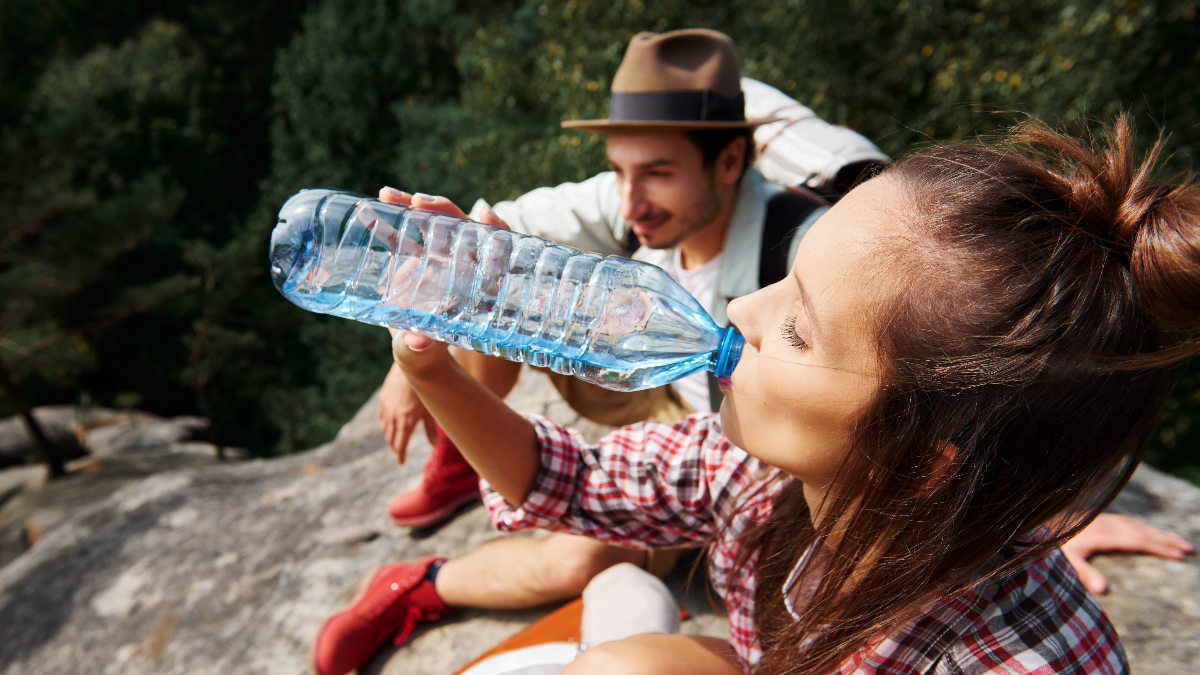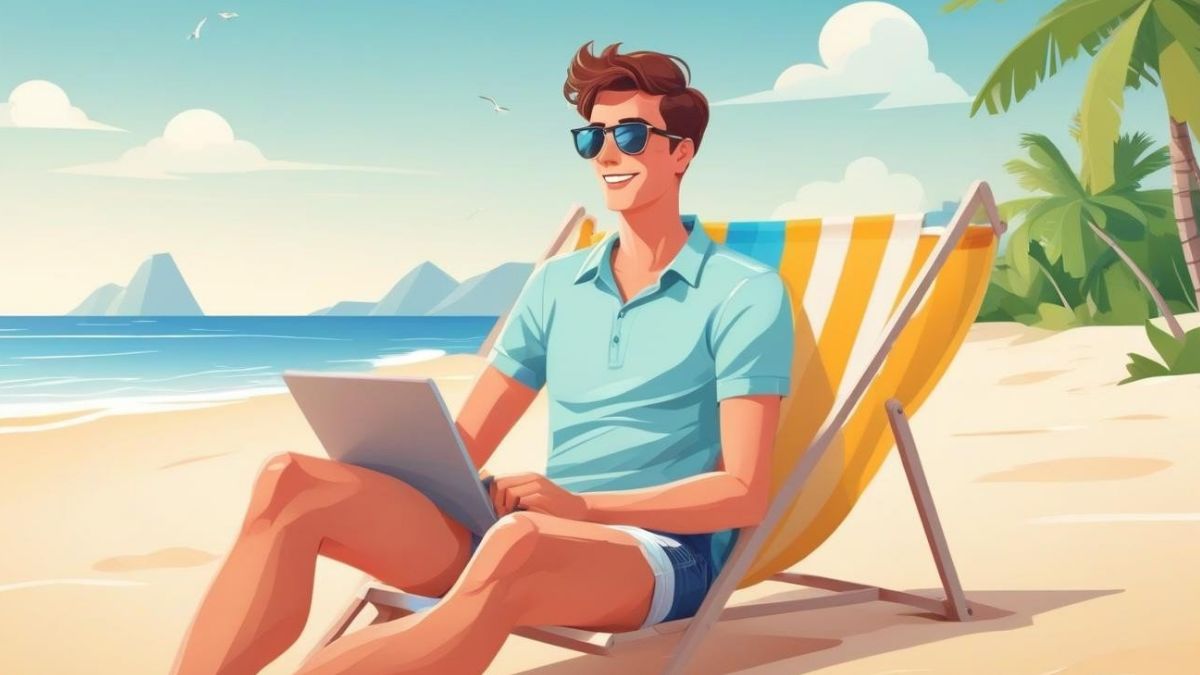
It’s no secret that staying hydrated is important, but many people don’t realize just how important it is to stay hydrated while hiking. Hiking can be a strenuous activity, and you need to make sure you’re drinking plenty of water to stay hydrated. Dehydration can lead to many health problems, so it’s important to take steps to avoid it. Drinking plenty of water before, during, and after your hike will put you in the best state.
Heat Exhaustion or Heatstroke
The summer months can be the most dangerous time of year to go hiking. The heat and prolonged exposure to the elements can quickly lead your body to develop a deadly condition called heat exhaustion, which is not as serious as it sounds, but if you fail to properly hydrate yourself, it leads directly into more severe conditions such as heatstroke.
Therefore, having water with you all the time is crucial if you want to avoid becoming a statistic this summer. The best way to avoid heat exhaustion and heat stroke is to drink water before, during, and after your hike. This will prevent you from experiencing any of the symptoms associated with these conditions, such as headache, nausea, vomiting, muscle cramps, fatigue, and confusion. If you’re a professional hiker, then you know the importance of hydration packs, as they make it easy to stay hydrated on the trail. There’s no excuse not to bring enough water with you, as these are lightweight and make water conveniently at your disposal.
Dehydration and Fatigue
If you find yourself getting tired on the trail, it may be due to a lack of hydration. When your body doesn’t have enough water, you can feel fatigued and unable to continue hiking as long as you would like. When this happens, it is difficult for the brain to function normally, which can lead to poor judgment calls. If you’re feeling dehydrated, it’s important to fix the problem immediately before continuing with your hike, or else you run the risk of further deteriorating your condition.
Getting lost is another danger of hiking without enough water. If your vision is blurry and you feel confused, you could get lost and forget where the trail is. Not having enough water can lead to dehydration, which is why both novices and experts must bring water on every hike. After all, the human body can survive only 3 days without water and 3 weeks without food, so make sure you have enough of it.
Visibility Problems
The more fluid that you lose through sweat, due to labor or heat, the harder your body has to work to effectively cool itself down. If you are not hydrated enough, then your blood pressure will drop. This feeling of light-headedness can cause you to feel woozy and lose your sense of balance.
Not drinking enough water can lead to all kinds of problems with your bodily functions, including vision issues like blurriness and seeing spots. And while on the hike, these issues can lead to an accident, which means you need to be sure that you’re fully hydrated before heading out on the trail.
Avoiding Muscle Cramps
When you think of muscle cramps, you probably think of them as a normal part of exercising. However, if you’re out on the trail and don’t drink enough water, then dehydration is the main culprit. Muscle cramps are often caused by your body’s electrolytes becoming imbalanced due to not drinking enough water or losing too much fluid from sweating.
This is the most common issue that hikers face when they’re out on a hike without enough water, but it can be just as deadly if left untreated. In fact, muscle cramps are often confused with heart attacks because of how intense and painful they can be. If you or someone else out on the trail has an extreme muscle cramp, then this is likely a signal that they are suffering from dehydration.
Knowing the Signs of Dehydration
Every hiker should know the signs of dehydration as they can happen quickly and be life-threatening if left untreated. Some of the most common symptoms include headache, dizziness or lightheadedness, nausea or vomiting, muscle cramps or cramps, fatigue or tiredness, confusion or disorientation, dry mouth, chapped lips, heat exhaustion, heatstroke, and low blood pressure.
It should be common knowledge that if you’re thirsty, then your body is already telling you that it needs more fluids. If you sometimes ignore thirst and keep going until it’s too late, then be sure to hike in the company so you always have someone to remind you to drink. Another sign is dark yellow or infrequent urination, which means your body isn’t getting rid of the fluid-like it needs to.
Do the Maths
When you’re out on the trail, you need to remember how much water your body needs. The average person should drink at least eight glasses of water a day, but that number increases significantly when you’re active or in hot weather. You can guesstimate that each liter of water is equal to about two miles of hiking if you’re looking at a rough estimate.
This means that if you’re going on a five-mile hike during the summertime, then you need to drink around 10 liters of water or more to put yourself in the clear. If you suddenly find yourself extremely thirsty and it’s not near the time for your usual break, then take a moment and get some water into your body. If you find that you’re dehydrated at the end of the hike, then make sure to drink a lot of water before bed.
As your body works overtime trying to cool itself down during a hike, it’s easy to become dehydrated and possibly suffer from further health issues.
Heat exhaustion is often accompanied by muscle cramps or heat stroke, which can be life-threatening if not treated properly. If you suspect that you are experiencing heat exhaustion, then it’s best to get out of the sun and drink plenty of water before hiking again. The human body requires electrolytes and the best way to avoid dehydration is by planning and bringing plenty of water with you on your hike. Staying hydrated isn’t difficult when there are plenty of opportunities to drink along the trail, but always make sure to have a bottle or hydration pack with you in case you can’t access water.




